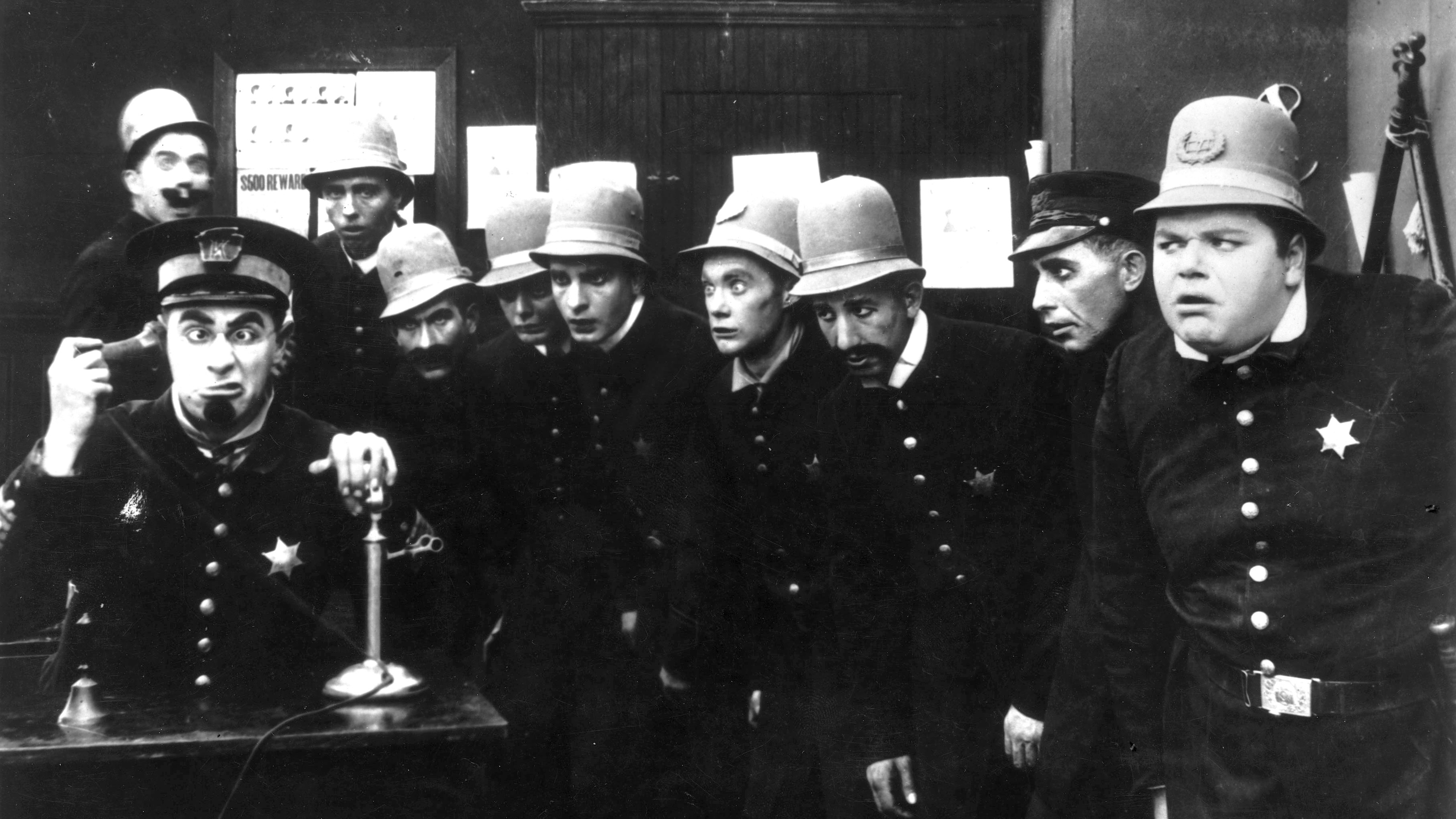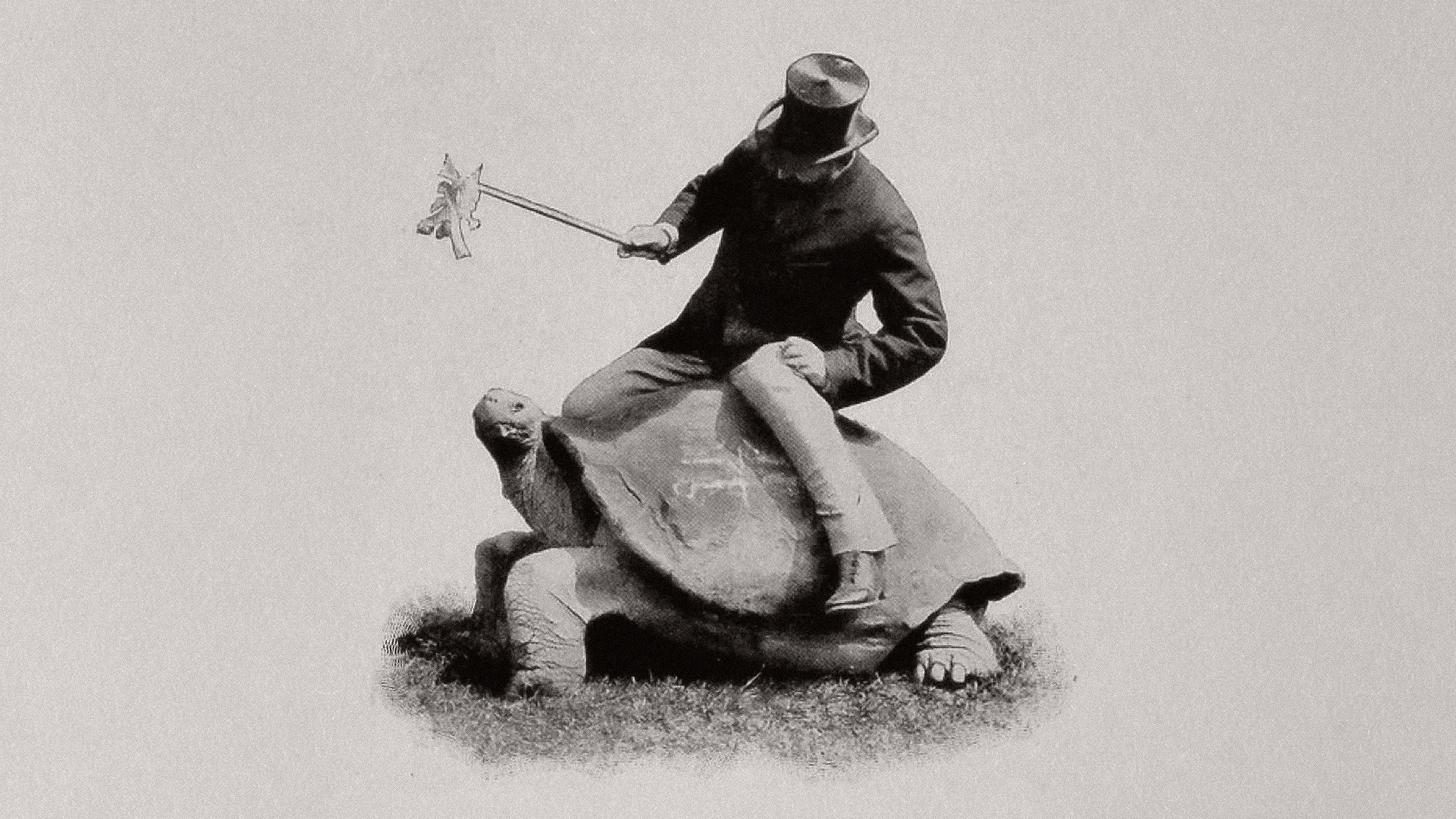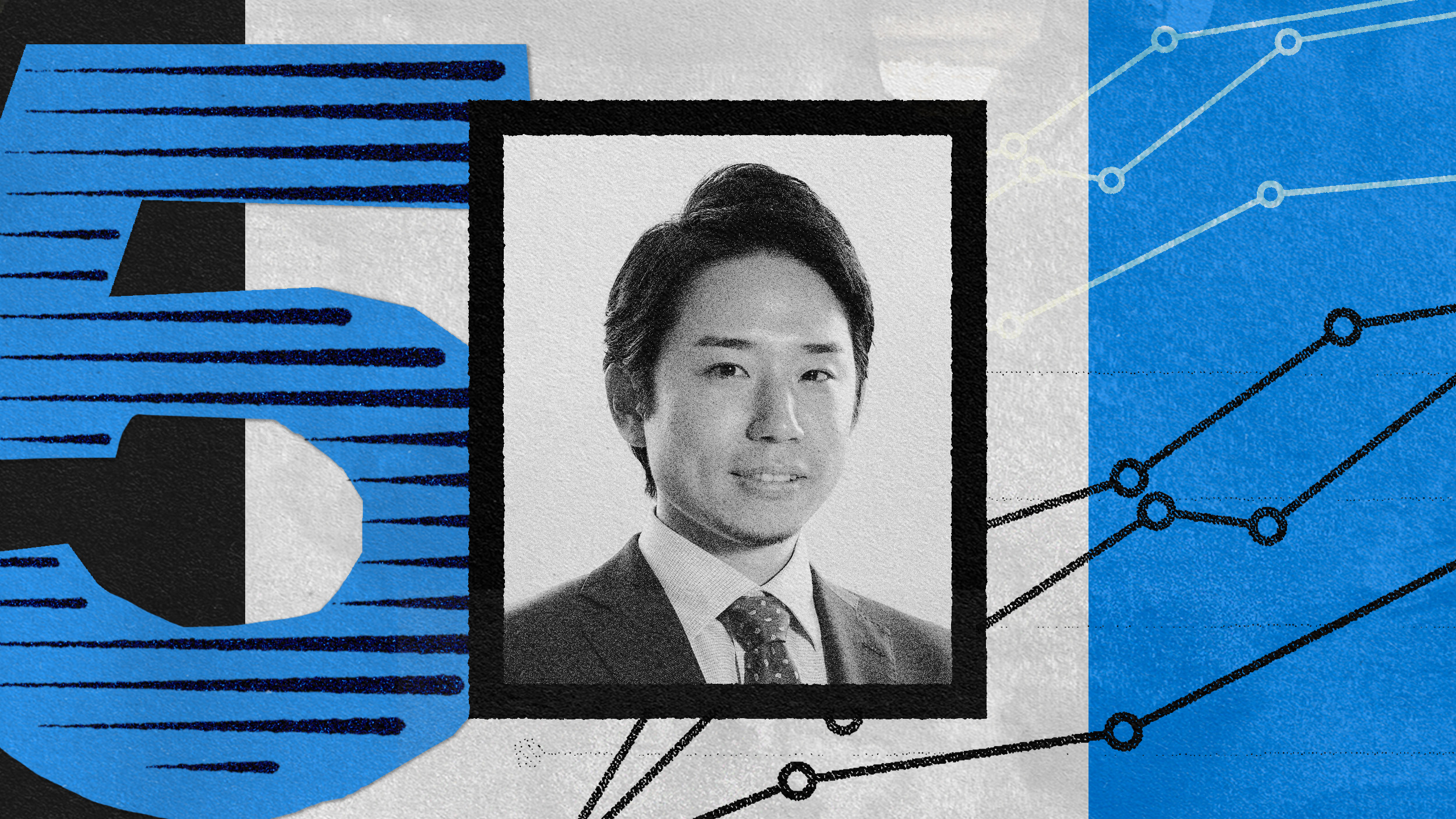How to handle the toxic stars who can tear teams apart

- High-performing companies tend to promote “brilliant assholes” at the expense of morale and productivity.
- Coaching can sometimes help these bullying archetypes maximize their stellar aspects and lessen their detrimental qualities.
- Two detailed case studies illuminate the habits and tell-tale signs of toxic brilliance.
In 2007, Dr. Robert Sutton, a professor of management science at Stanford University School of Engineering wrote the book, The No Asshole Rule. The premise is that bullying behavior in the workplace worsens morale and productivity. Sutton outlines two tests to recognize the asshole:
- After encountering the person, do people feel oppressed, humiliated, or otherwise worse about themselves?
- Does the person target people who are less powerful than him/her.
Companies that are deeply focused on short-term performance over long-term health tend to employ and/or promote brilliant assholes — incidentally or intentionally. Brilliant assholes are superstars in their field, but they can tear teams apart from the inside. These leaders are sometimes operating without any empathy because they are incapable of it. Wherever brilliant assholes are at your company, I can almost guarantee employee engagement will be low and teams will be highly dysfunctional and low performing.
The good news is that, through coaching, we can usually help brilliant assholes develop the skills to drop the asshole part and just be brilliant.
I once coached a dysfunctional team with a brilliant asshole on it. I interviewed each of the team members one by one and it was clear that everyone thought this woman was brilliant, but she was also forcefully elbowing her way to being the leader of the team — a classic Ladder Climber archetype. Everyone above and below her was tired of hearing about how unfair it was that she wasn’t in charge. She was constantly pressuring her own boss and boss’ boss for a promotion. She was pushy in meetings and often shut down conversations by pulling “seniority.” She resisted new technical directions because she wasn’t as sure-footed in those as she was in the current ones. Overall, this resulted in a team that was very disengaged. They didn’t hate her, but they didn’t see her as a leader and some privately confessed to me that they would leave the team if she were promoted to leader.
She was quiet for a moment and then she started to cry. For the first time, I saw a glimmer of awareness in her eyes, like someone had just turned on a bright light.
I sat down with her privately and said, “You want to be the leader of this team, right?”
She nodded.
“Every leader has one thing in common. Do you know what that is?” I asked.
She guessed the usual things: charisma, courage, vision, etc. It’s a trick question though.
“Followers,” I said, “all leaders have followers, and you don’t have any at the moment.”
She was quiet for a moment and then she started to cry. For the first time, I saw a glimmer of awareness in her eyes, like someone had just turned on a bright light. I told her I was there to help her get what she wanted — if what she wanted was followers. But if she wanted title, money, or prestige without the followers, I wouldn’t be able to help her.

I worked with her individually to show that she should view herself as more of a gardener than a chess player. Her job wasn’t to build great products, it was to create the fertile soil for her team to grow in so that they could build great products.
She was a fast learner, and she did eventually move up in her career (and no one left the team).
It doesn’t always work out that way, unfortunately. At a different team I worked with, there was another brilliant asshole in the mix. Steve was known for blowing up in meetings, shouting at people, and blaming and shaming them.
Afterwards, awkward silence filled the air. Sometimes the meetings would even end prematurely after he stormed out of the room. He was the most senior developer on the team, but the more junior team members did not look up to him because of how unpredictable and unprofessional he was. The manager of the team was a classic Invertebrate archetype so he had trouble confronting the behavior — but that wasn’t the whole story.
I did my normal interviews with team members. Before I got to Steve, I met with the manager and asked if I had his permission to be frank with Steve about the situation. He replied, “Please do. I’m at my wits end and I’m close to involving HR at this point.”
When Steve walked into my private meeting with him, I found him to be incredibly charming. He was calm, cool, and collected. He was reasonable, and quite likeable. I had to double check the name on my notes. If I hadn’t had testimony from team members to the behavior of Steve, I would have been sure I was talking to the wrong guy.
I told him that when I was younger, I had males in my life who were so good at repressing their anger, that they were like teakettles. They’d simmer and simmer and then just blow up. I gave him an example involving my brother and told him that a therapist once described that behavior as “emotional terrorism.” You just didn’t know when it was going to surface so you were walking on eggshells the whole time. The therapist used an analogy with me that I explained to Steve this way, “Sometimes these people use an elephant gun to kill a squirrel when a .22 would have done the job.”
Steve listened compassionately as I explained that his teammates were giving me universal feedback that he was exploding in meetings, and that the impact on them was described to me just like what I experienced growing up with everyone feeling fearful of his temper. He was shocked. He said, “Everyone thinks that about me?” I told him the feedback was consistent but that I was there to help him, not to punish him. He got quiet for a moment and looked to be deep in thought. Finally, he broke the silence. He told me a story about a former coworker he kept in touch with who had left the company a year before because he thought the company was so broken. When he got to the next company, he realized that the company he left wasn’t broken — he was. It was quite an epiphany for Steve’s friend. “Maybe that’s me right now too,” Steve said.
The cost of having a brilliant asshole on your team can be immense. It can cost you talent, productivity, innovation, effectiveness, morale, and more.
We left on a great note. I told him that I’d let his boss know that we were going to work on it together and that maybe as a next step, Steve could consider apologizing to the team and letting them know he was going to work on figuring out how to better deal with his frustration.
The next day, I came in and my boss called me into his office. “There’s been a complaint against you and it’s serious enough that I need to investigate it in case HR gets involved.”
“Ok,” I said, wondering what this could possibly be about.
“Apparently, Steve didn’t show up for work today. When the manager called him, he was told that he wasn’t coming in anymore and was likely going to resign because you told him he was a terrorist and talked about guns and stuff and told him his team hates him. It went up the chain and over to me. I know that doesn’t sound anything like you, so that’s why I’m getting your side of the story.”
I gave him the context for Steve’s claims, and explained that I was attempting to get Steve to feel some empathy for those who were on the receiving end of his poor anger management.
Luckily, my boss believed me.
I quickly realized this was Steve’s pattern. It’s why he pulled out all the charm at the beginning of our meeting together. It’s a classic example of a paradigm called “Victim, Rescuer, Persecutor.” Steve saw me as a rescuer of the team and didn’t like the fact that he was being portrayed as a persecutor (the one being rescued from), so he went into full victim mode. But victims need persecutors of their own and who could he use for that? Me. So, he completely twisted my words, repeated them out of context, and tried to get sympathy from the very people who were upset with him.
In the end, nothing came of the complaint against me. Steve had enough of a reputation that I suspect others had similarly been portrayed unfavorably so that he could escape blame for his behavior. He did resign and, as I explained to the manager, I was completely confident that this would be the best thing to happen to him and his team — and even to Steve if he ever let go of the idea that he never did anything wrong. Without Steve in the picture, the team’s performance doubled, despite the fear that their senior-most developer had left the team. Junior developers stepped up in ways they could not while they were standing in the shadow of the brilliant asshole on the team.
The cost of having a brilliant asshole on your team can be immense. It can cost you talent, productivity, innovation, effectiveness, morale, and more. In fact, it’s so costly that, at one point, Netflix adopted an official HR policy called the “No Brilliant Asshole” rule, essentially saying that no matter how smart you are, if we discover you’re an asshole, we have a nice severance package for you. They weren’t kidding. If you charmed your interview panel and were hired, and then they discovered that you were, in fact, an asshole, they would give you a decent severance package even on your second month at the company. They knew how expensive keeping a brilliant asshole on the team would be; the severance check was a bargain for the company in comparison.





